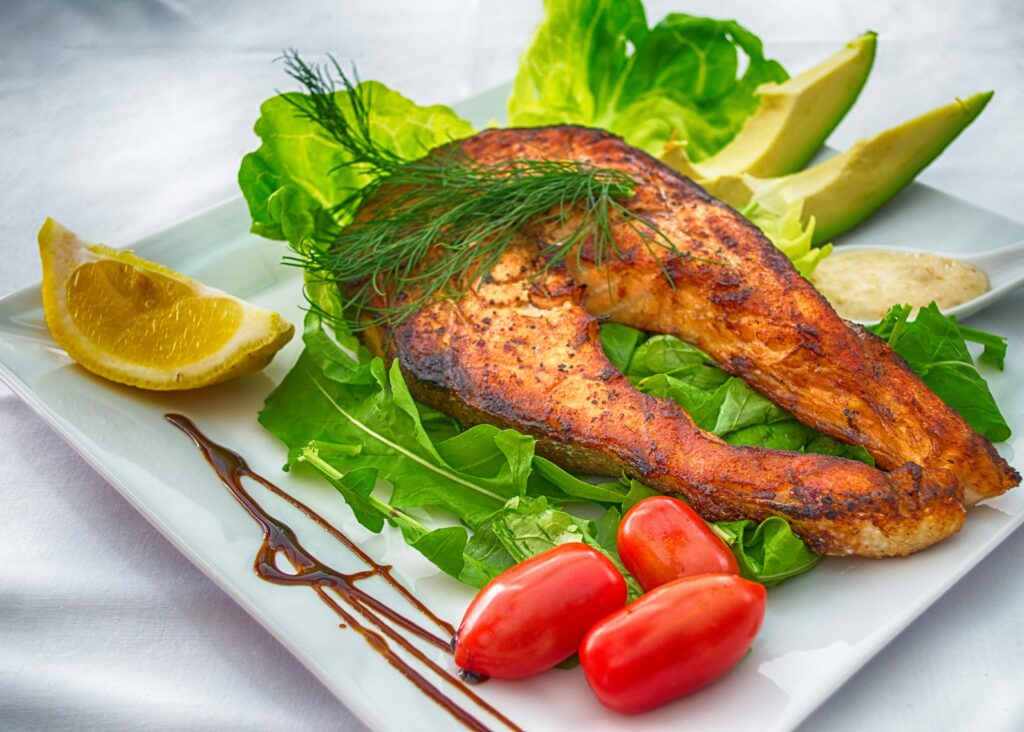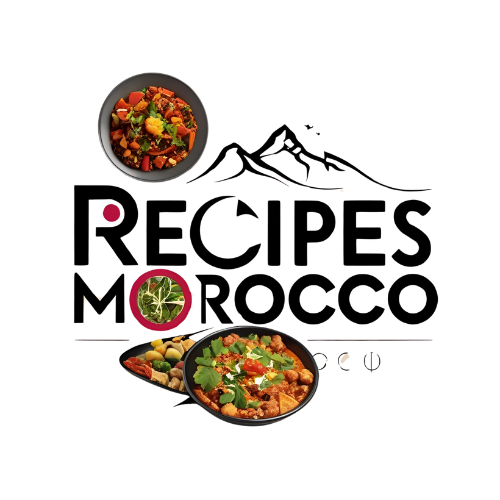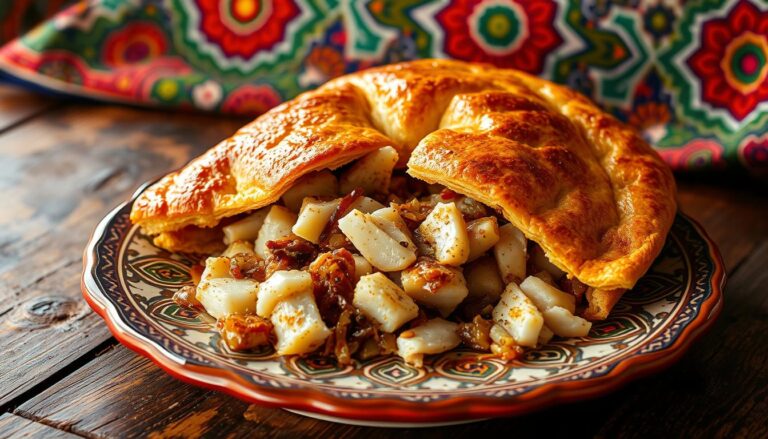Moroccan Seafood Cuisine: New Tastes from the Coast

Seafood is an essential component of Moroccan cuisine, which is a rich tapestry woven from the nation’s many cultures and geographies. Morocco’s gastronomic legacy has been influenced by the availability of fresh fish and seafood found along its 1,800-kilometer coastline, which stretches along the Atlantic and Mediterranean Seas. Seafood is praised for its freshness and adaptability in both lively fish markets and coastal eateries, where it is frequently used in traditional recipes that honor the area’s rich marine past. By examining its historical background, regional specialties, preparation methods, and culinary traditions, this article examines the importance of seafood in Moroccan cuisine and explains why it is a treasured part of Moroccan cuisine.
Historical Background
The Phoenicians, Romans, Arabs, and other civilizations that have occupied the area have all had an impact on the centuries-long history of seafood in Moroccan cuisine. Because of their closeness to the sea, coastal communities have established a robust fishing culture and depend on the ocean’s abundant resources for both trade and subsistence. The Moroccan way of life is still strongly linked to the sea, even if fishing methods have changed over time, moving from traditional nets and traps to more contemporary approaches. Due to its important protein and vitamin content, fish has long been a staple of religious and celebratory meals. The cultural exchanges brought about by trade, which introduced new spices and culinary techniques that enhanced Moroccan cuisine, further emphasize the historical significance of fish.
Regional Differences
Morocco’s varied coastal settings and culinary traditions are reflected in the wide regional variations in seafood dishes. Seafood in the northern area, especially in the vicinity of Tangier and Al Hoceima, is flavored with Mediterranean elements, such as citrus, aromatic herbs, and olives. On the other side, the Atlantic coast is renowned for its strong flavors, and popular seafood options include hake, sardines, and anchovies. Seafood is frequently grilled or fried in tagines in the historic port city of Essaouira, seasoned with regional spices, and served with fresh vegetables. A pleasant exploration of regional ingredients and customs is made possible by the unique taste profiles and cooking methods of each location, which highlight the adaptability of seafood in Moroccan cuisine.
Popular Types of Seafood
Moroccan cuisine relies heavily on a number of seafood types, each of which contributes distinct flavors and textures. Perhaps the most famous are sardines, which are prized for both their flavor and health advantages. Sardines are a popular street snack that can be found in markets all throughout the nation. They are frequently grilled, packed with herbs and spices, or preserved in oil. Sea bream, sole, and grouper are other noteworthy fish that are often cooked whole or used in tagines. Shrimp and calamari are examples of popular shellfish that are frequently served with spicy sauces or in seafood paella. Morocco’s abundance of fish inspires culinary inventiveness, allowing home cooks and chefs to try out various techniques and flavor combinations.
Methods of Preparation
Moroccan seafood cooking demonstrates a variety of methods that emphasize the items’ freshness. Sardines and other fish are frequently marinated with lemon, garlic, and spices before being cooked over an open flame, making grilling a popular cooking technique. Seafood meals are also frequently prepared in tagines, the traditional Moroccan cooking vessels, which allow flavors to mingle in a stew that is cooked slowly. Other common methods include frying and steaming, especially for shellfish like calamari and shrimp. The natural tastes of the seafood are enhanced by the addition of aromatic spices like cumin, coriander, and paprika, which results in a perfect balance that is typical of Moroccan cooking. The focus on quality and freshness is reflected in these cooking techniques, which elevate seafood to the forefront of the gastronomic experience.
Seafood Recipes
Moroccan cuisine is typified by a variety of seafood dishes, each with its own special combination of ingredients and flavors. “Tagine de poisson,” a tasty fish stew made with tomatoes, bell peppers, olives, and a variety of spices, is among the most well-known. Sardines are marinated in a spicy blend of herbs and spices before being baked or grilled in “sardines à la chermoula,” another well-liked dish. Moroccan dining is communal, as seen by the frequent serving of “Mechoui,” a whole fish cooked with spices, during festivities and get-togethers. Furthermore, seafood couscous is a delicious dish that showcases the versatility of seafood in Moroccan cookery by combining soft couscous with a variety of seafood and vegetables. The rich flavors and customs that characterize Moroccan seafood cuisine are best represented by these dishes.
The Function of Spices
In order to enhance flavors and give Moroccan seafood recipes a unique culinary identity, spices are a necessary ingredient. Cumin, coriander, paprika, and saffron are common spices used in seafood recipes, and each one adds a distinct aroma. Chermoula, a marinade composed of garlic, herbs, lemon, and spices, is especially well-liked for giving fish and shellfish a zesty, aromatic flavor. In addition to improving the flavor of seafood, the thoughtful application of spices honors the historical trade routes that brought different flavor characteristics to Moroccan cooking. This focus on spices demonstrates how closely Moroccan culinary traditions are linked to the various influences that have molded its flavors throughout the ages.
Cultural Importance
In Moroccan culture, seafood is a representation of festivity, hospitality, and community. Fish festivals are frequently held in coastal towns, bringing people and tourists together to celebrate their maritime heritage and eat fresh seafood. Eating shellfish together is a social activity that strengthens bonds between family and friends in Moroccan homes. Seafood meals are frequently prepared as a way to honor guests and strengthen social ties on religious festivals and special events. Beyond the dining table, seafood has cultural significance as a reminder of Morocco’s rich maritime history and the enduring customs that continue to influence its cuisine.
Current Patterns
Moroccan seafood is becoming more well-known internationally as global culinary trends change, inspiring creative interpretations and contemporary modifications. Fusion cuisine, which blends traditional Moroccan seafood dishes with flavors from around the world, including Asia or the Mediterranean, is becoming more and more popular among chefs. In order to preserve marine ecosystems, sustainable techniques are increasingly gaining popularity, with an emphasis on ethical seafood purchasing. Additionally, tourists are becoming more interested in seafood as a result of Morocco’s growing food tourism industry, as they look for genuine culinary experiences that highlight the nation’s abundant marine resources. A increasing respect for Moroccan seafood and its ability to adapt to new tastes while maintaining its cultural roots is reflected in these contemporary trends.
In conclusion
Moroccan seafood is a celebration of new flavors and culinary customs that honor the nation’s rich coastal history. Seafood is the epitome of Moroccan culinary culture, from the historical significance of fishing towns to the various regional variants and preparation methods. Both residents and tourists are enthralled with the vivid tapestry of flavors created by the variety of seafood dishes and the thoughtful use of spices. Seafood is still highly valued in Moroccan cuisine, which emphasizes its significance as a key element of the country’s culinary character. Moroccan seafood enables everyone to enjoy the fresh flavors of the coast, whether in a fine dining establishment, a busy market, or a family get-together. This creates a stronger bond with the rich traditions and history of this amazing dish.


